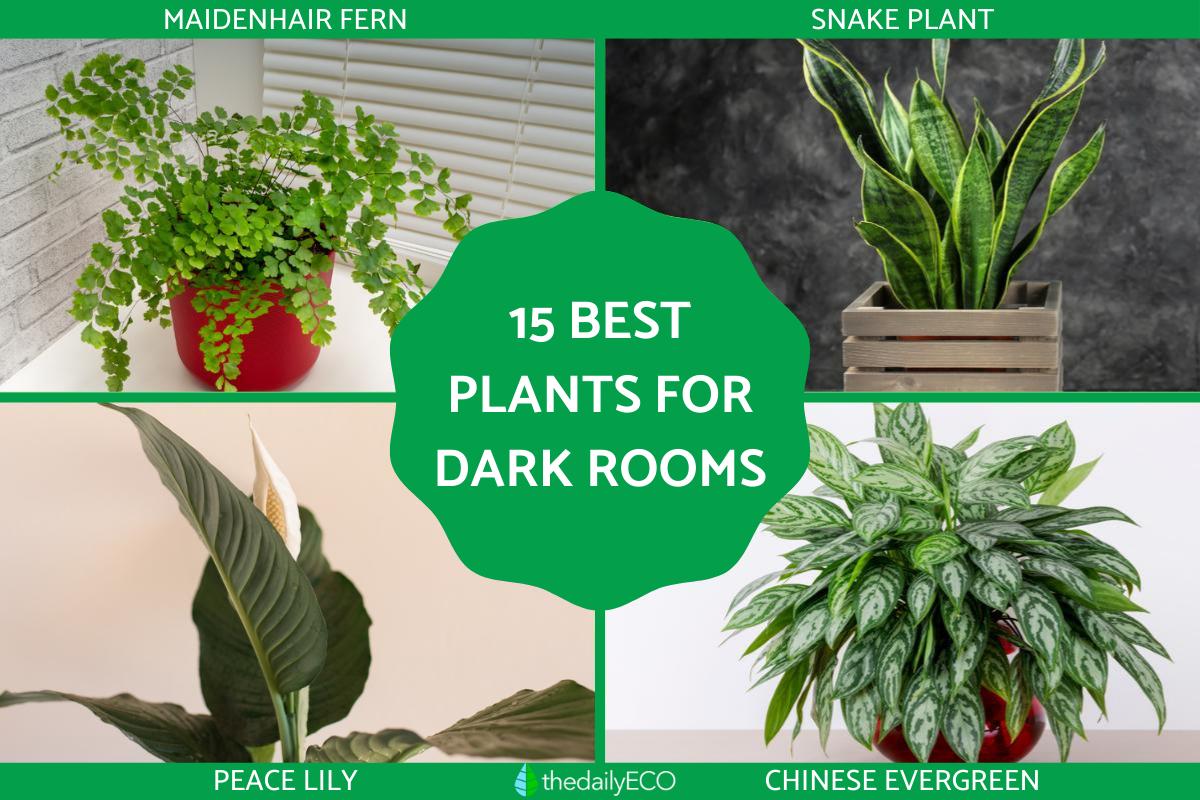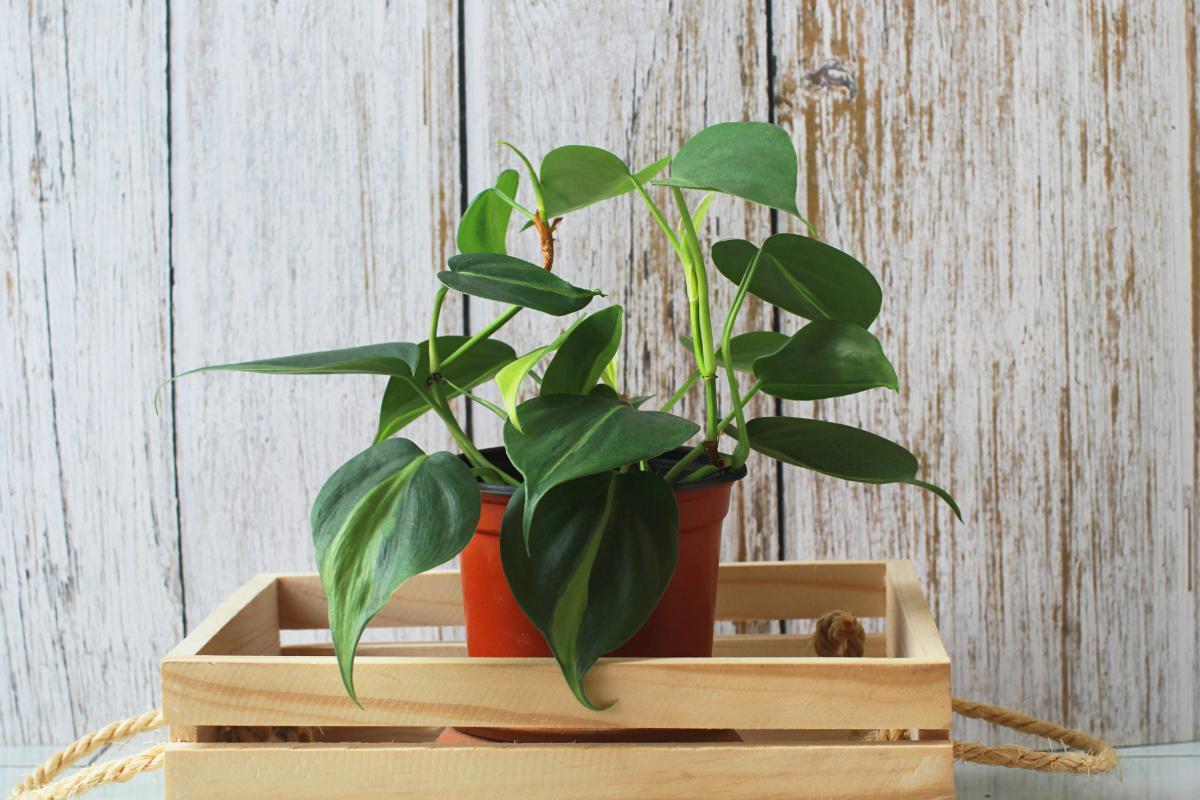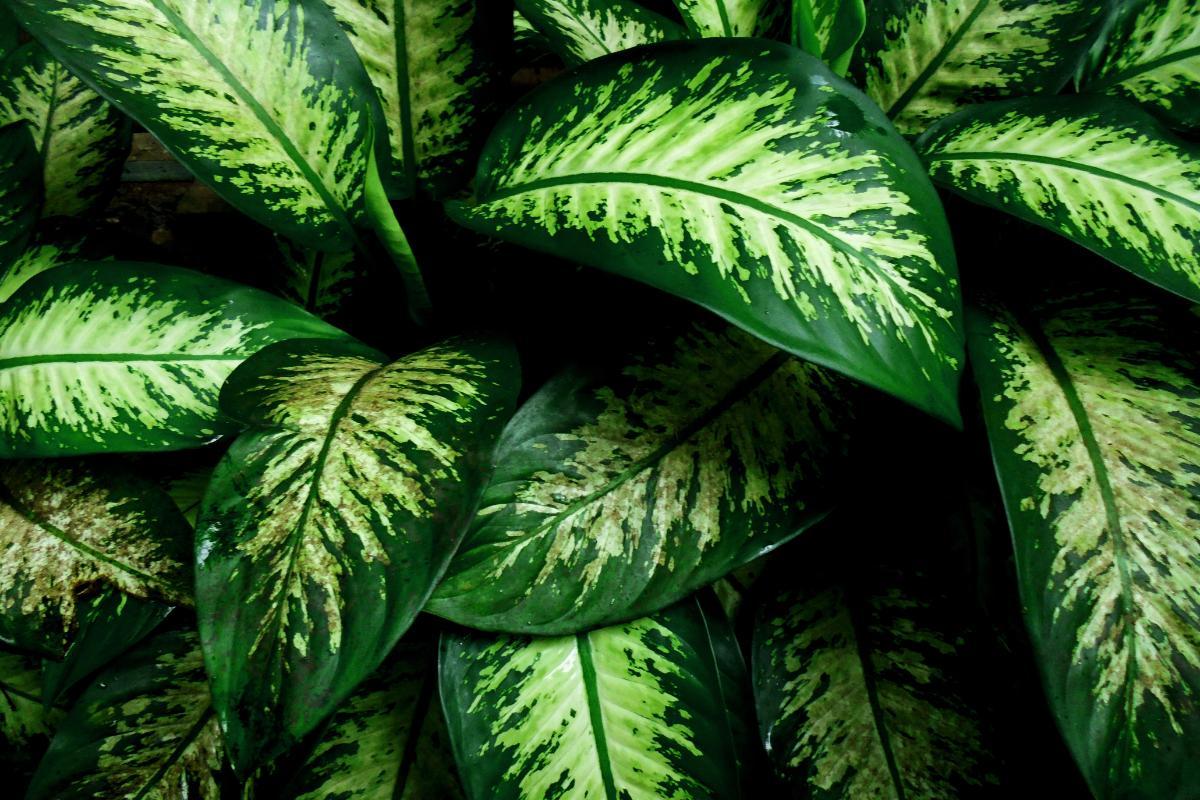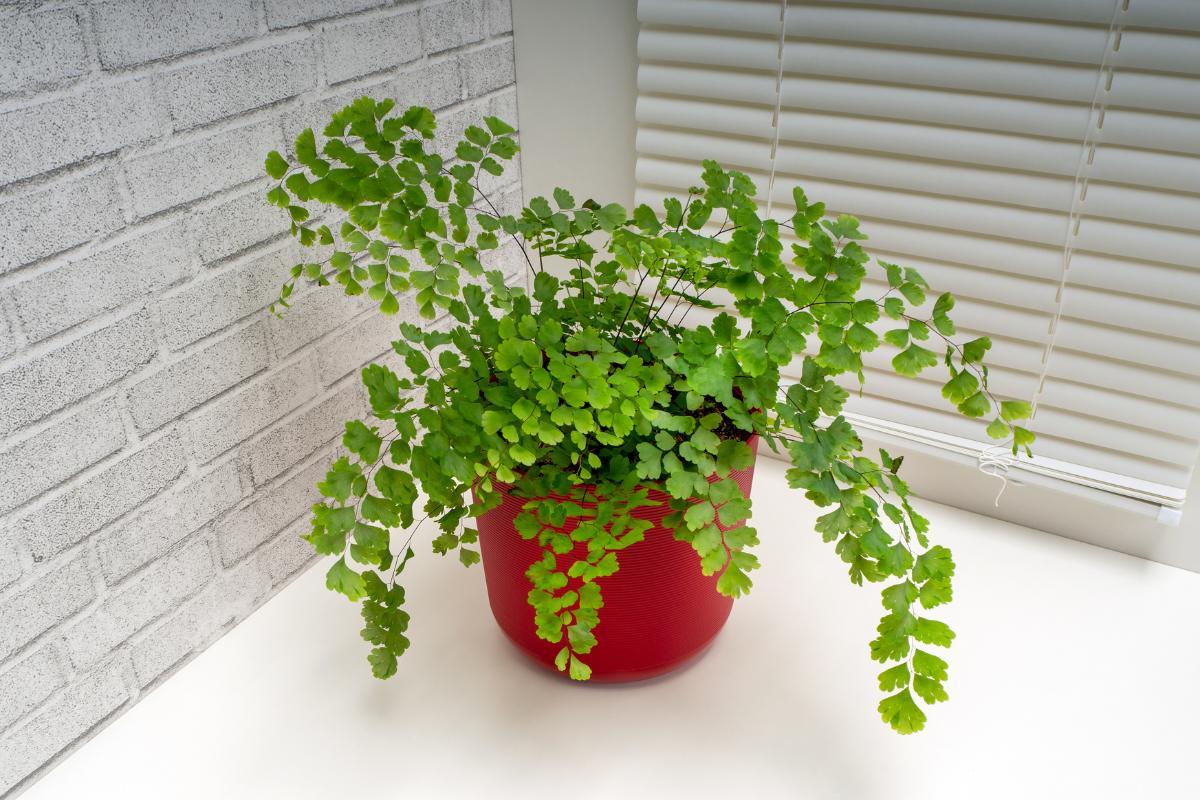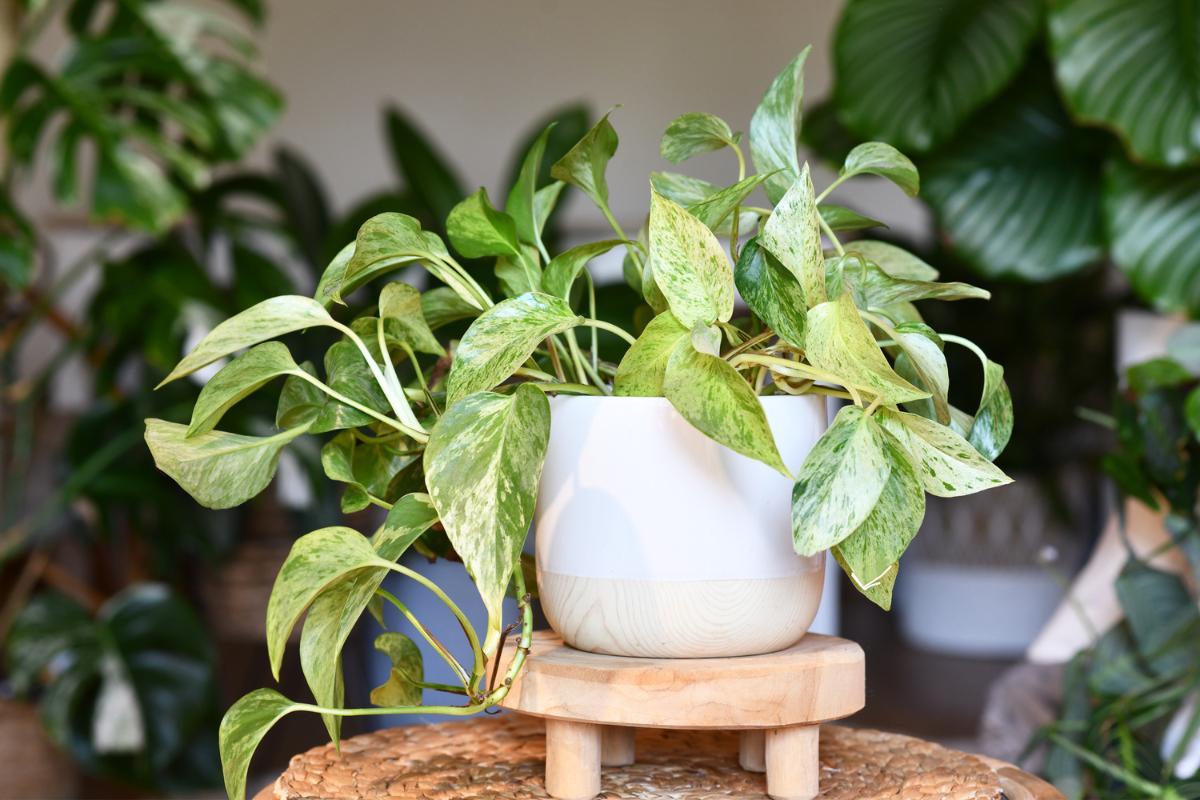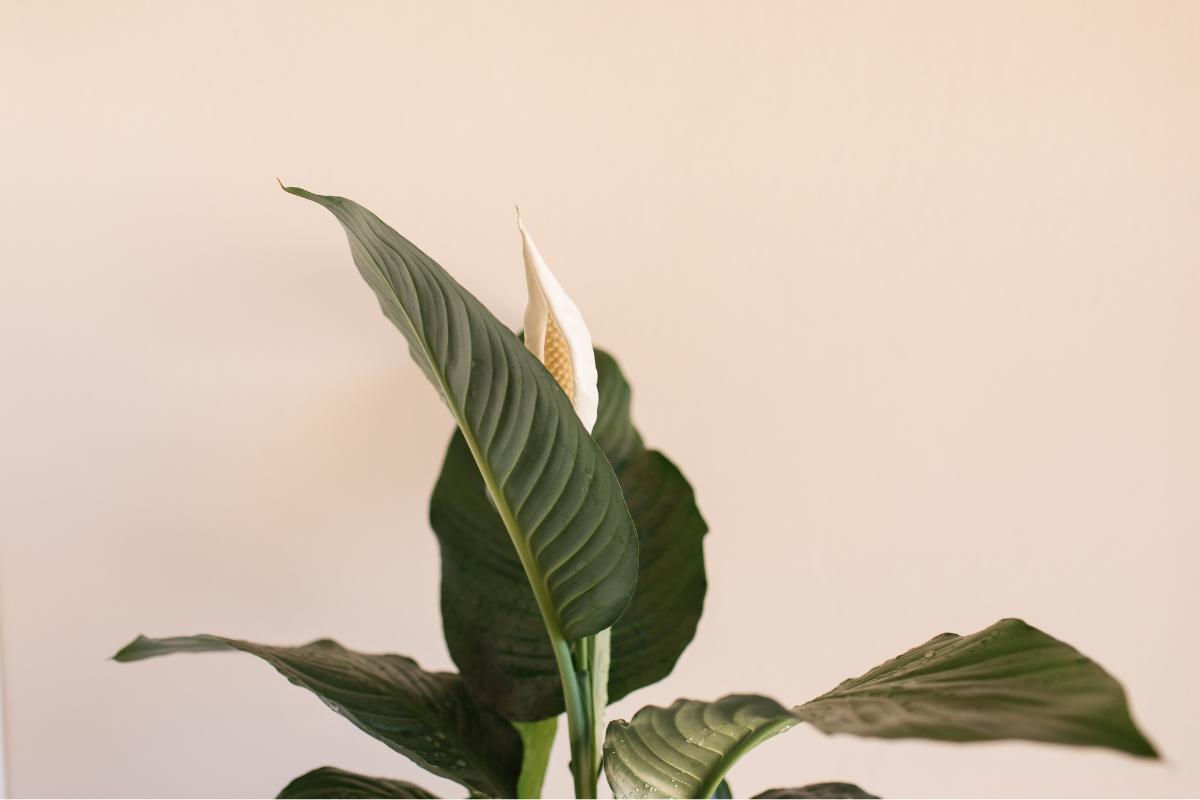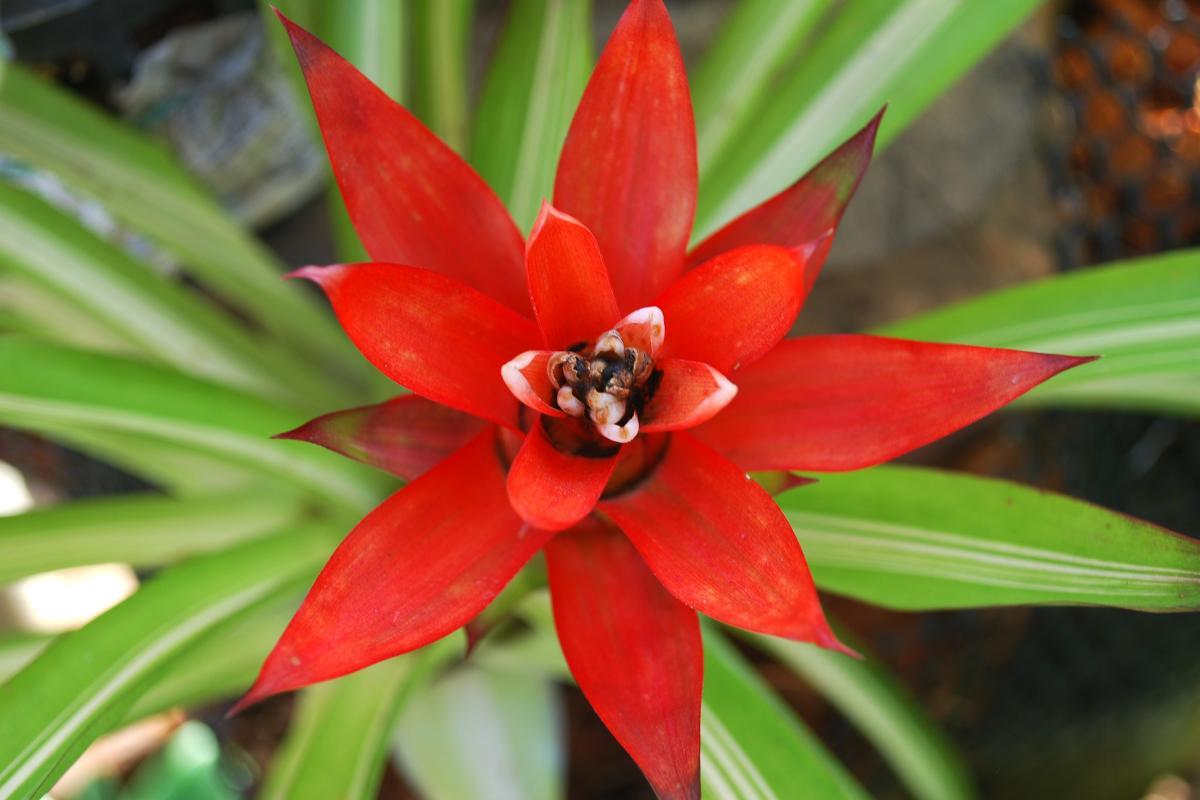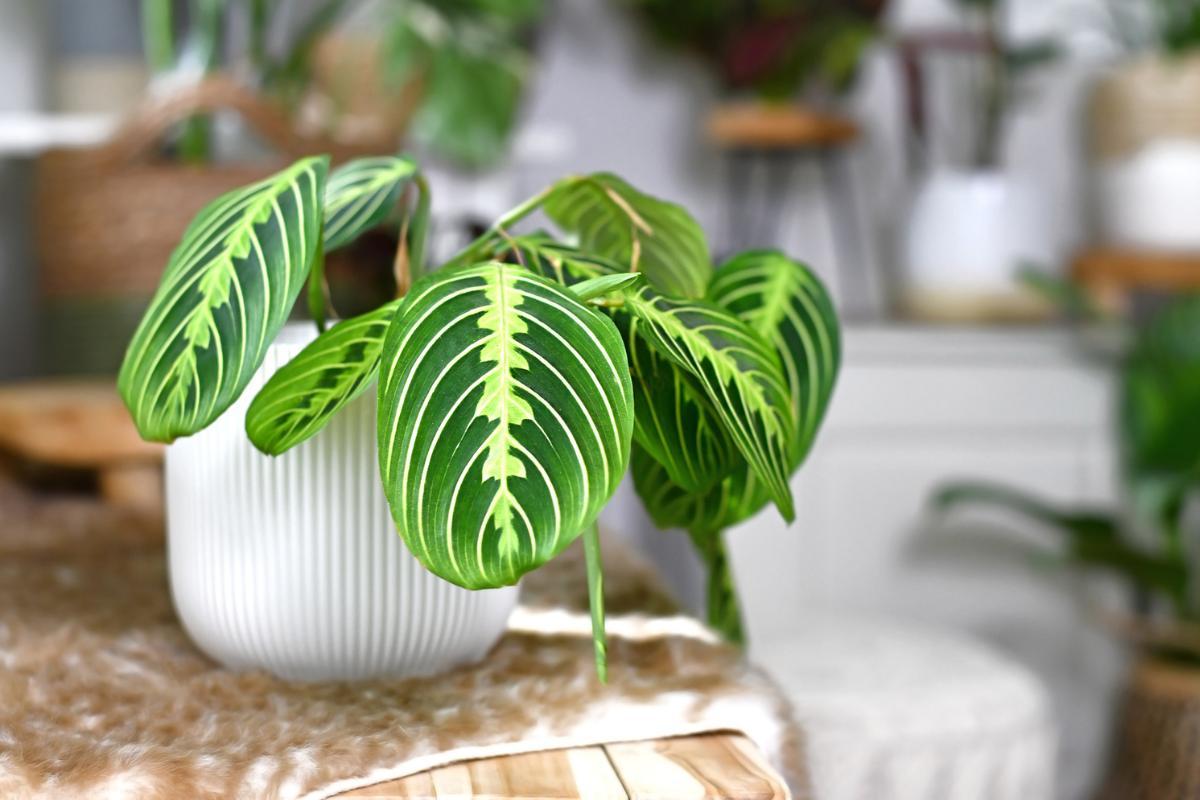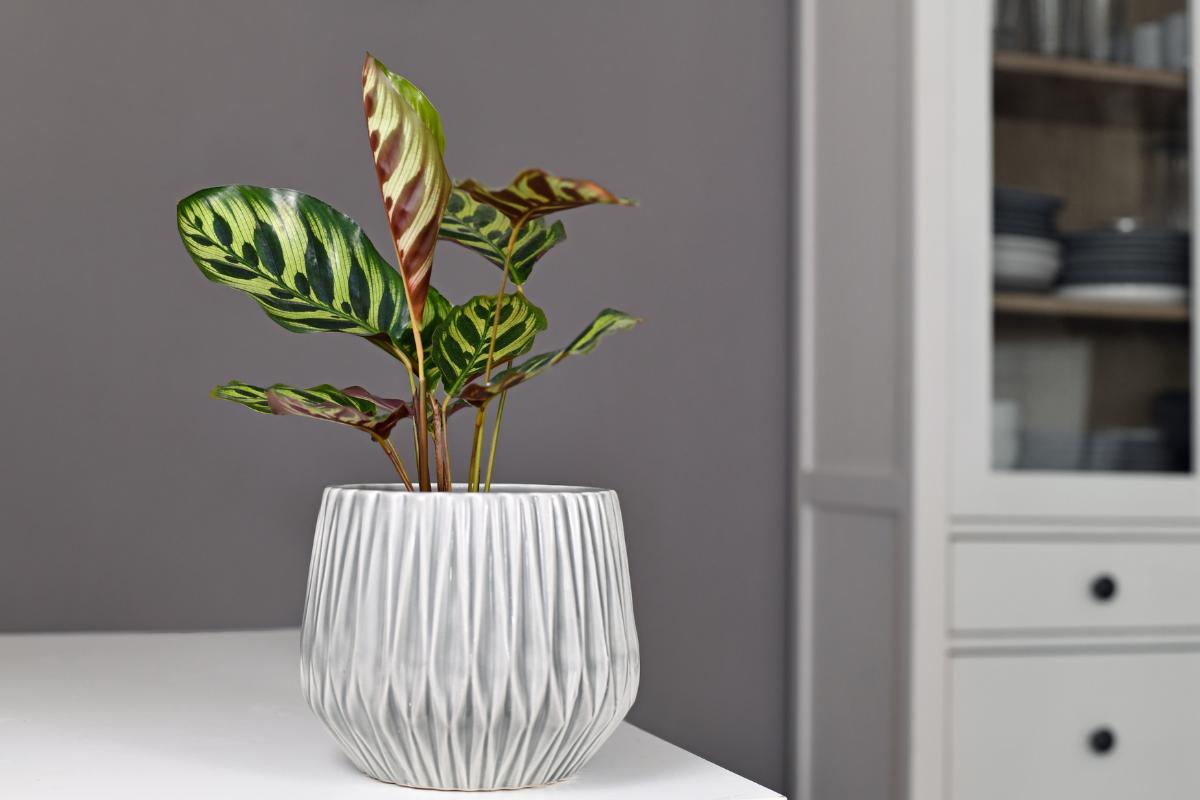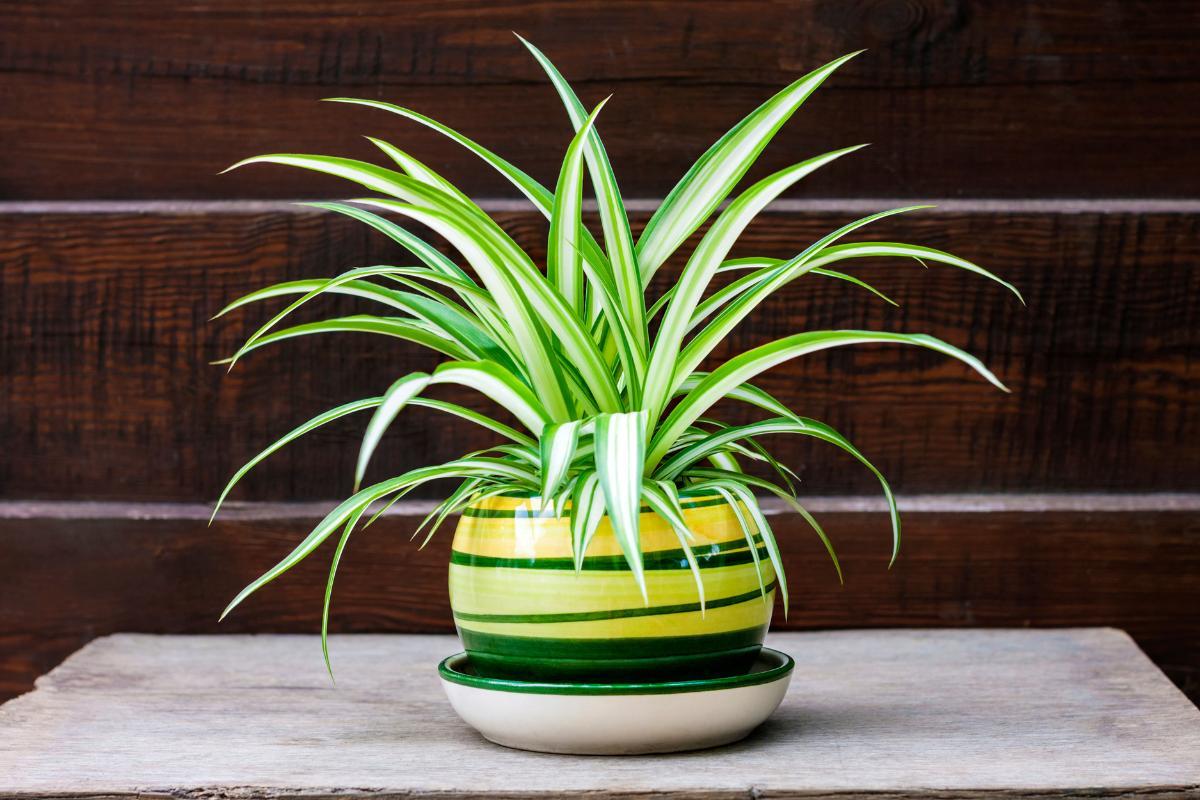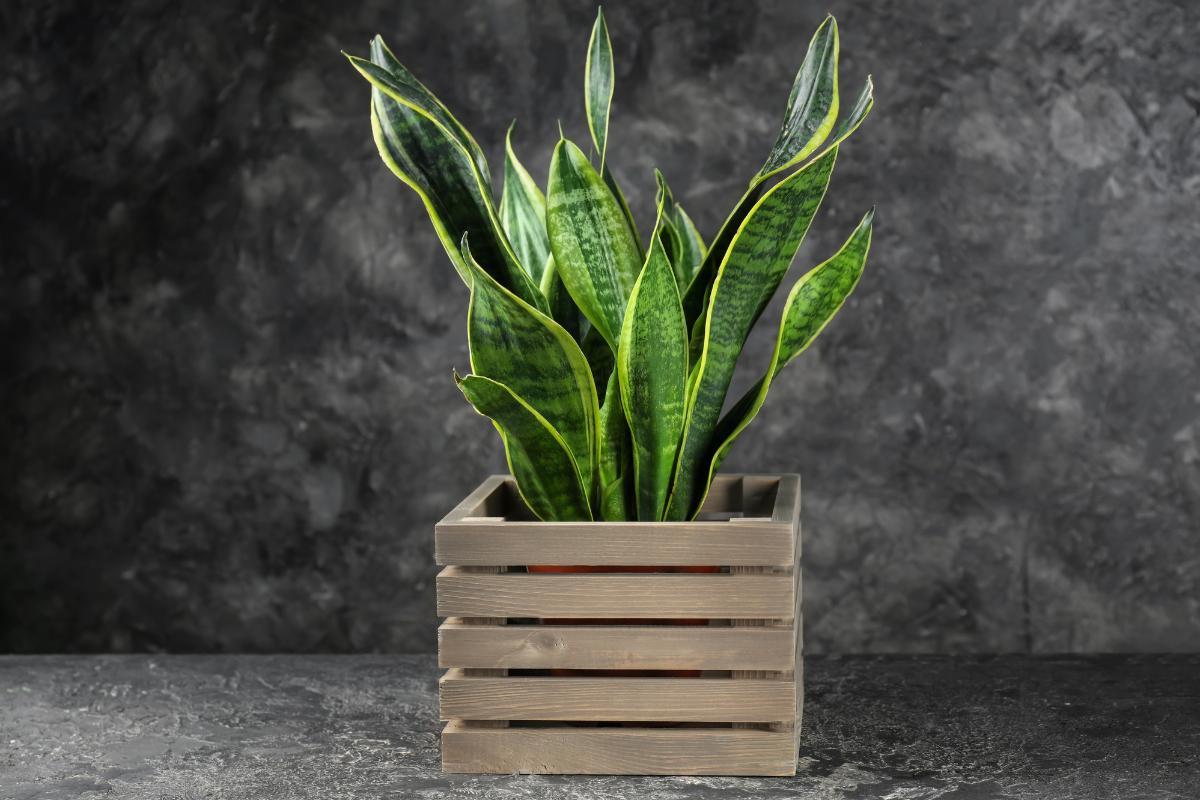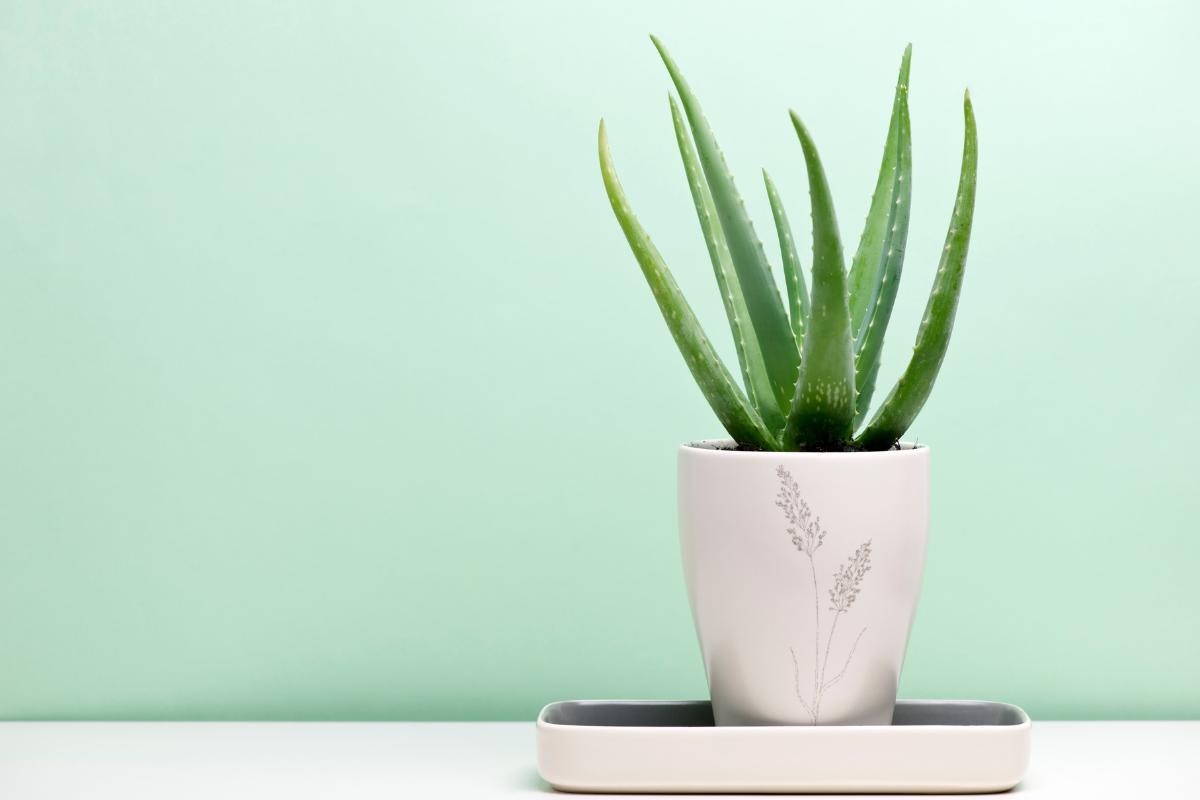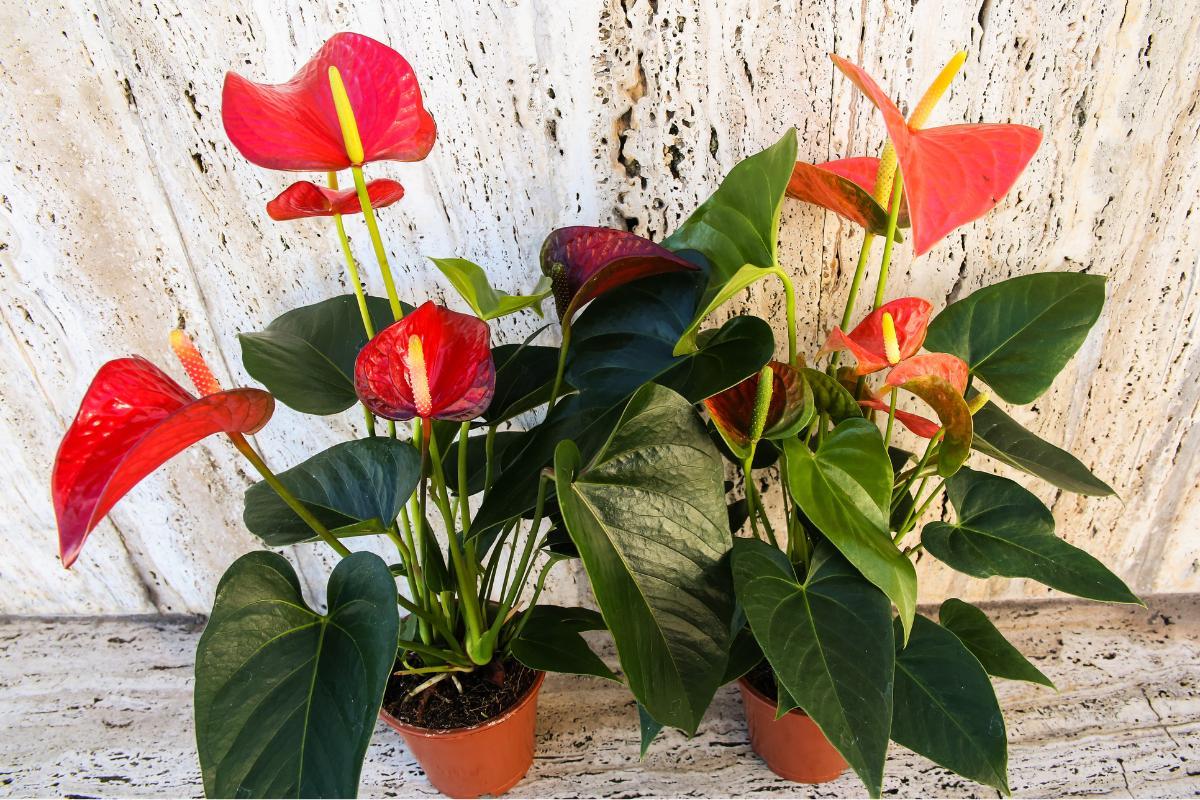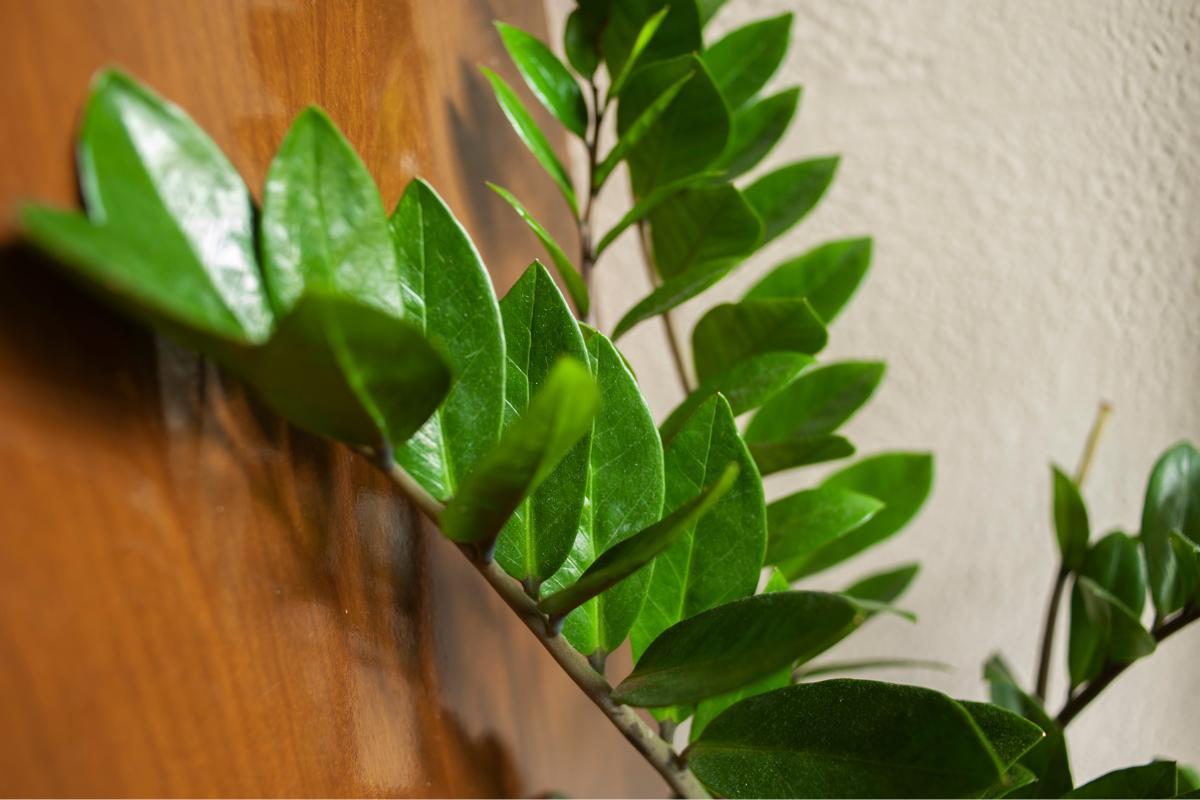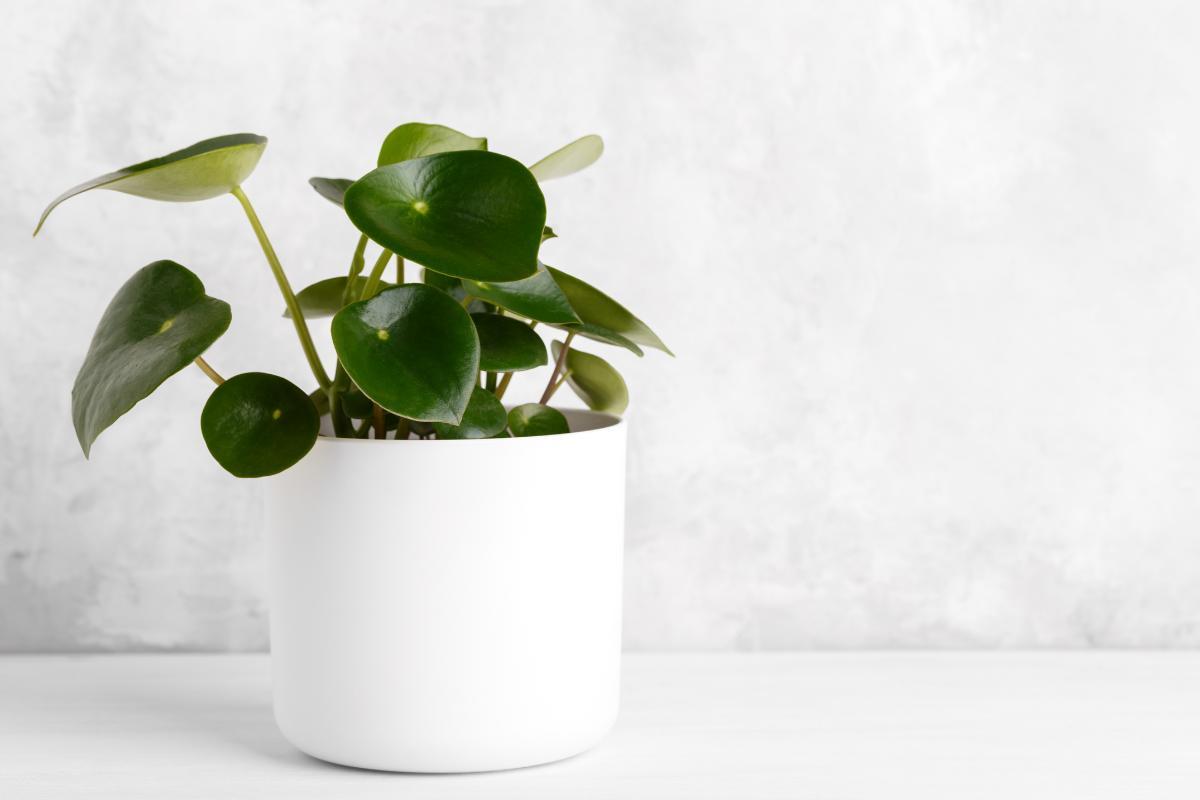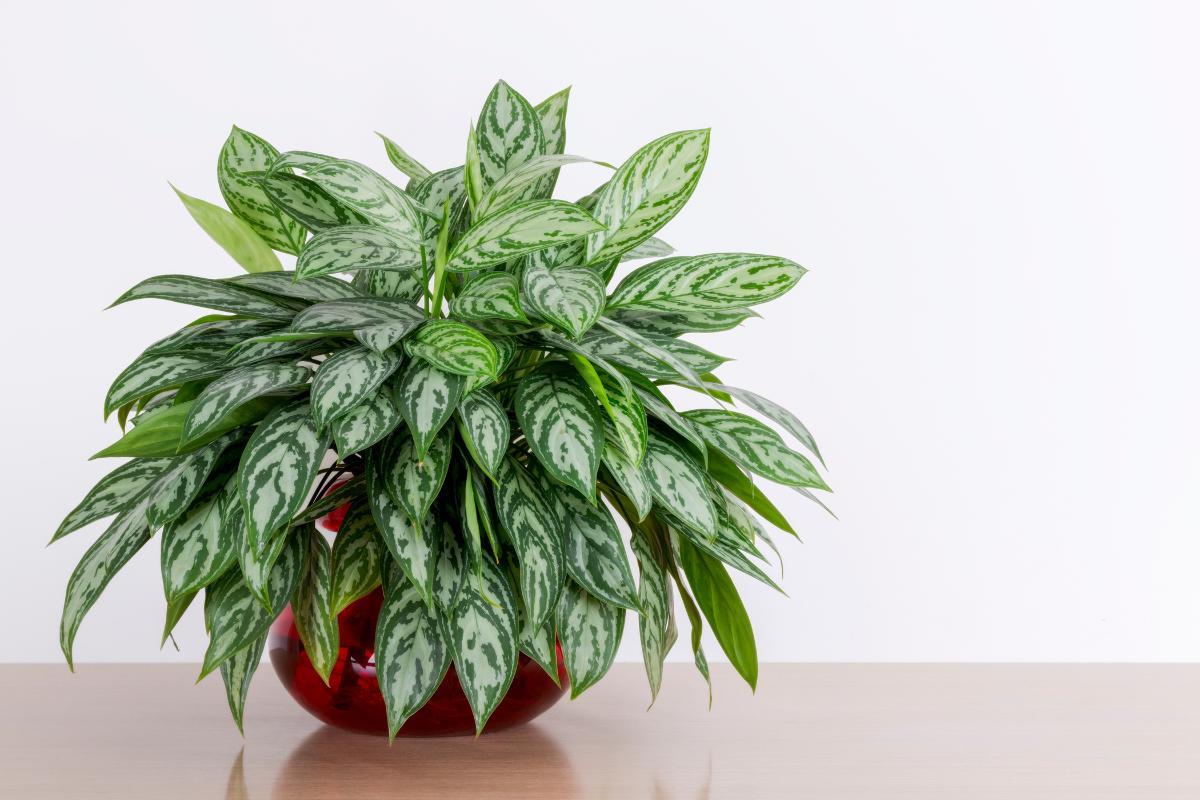Best Plants for Dark Rooms

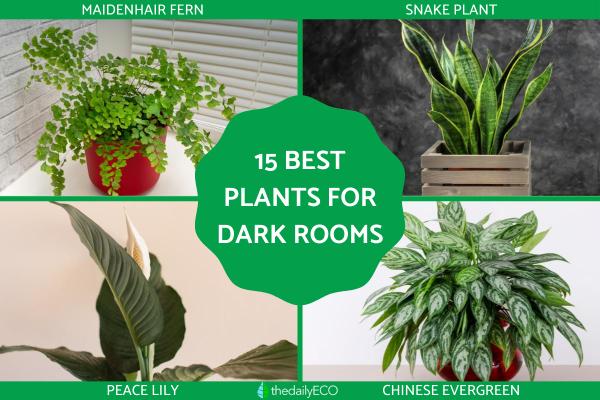
Some plants will die if they do not have plenty of natural sunlight during the day, but others will die because of this light. These low-light plants will need shade or semi-shade to ensure their leaves do not burn and the entire plant doesn't dry out. Fortunately, many houseplants fall under this category since not all areas of the home will receive the same amount of natural light. thedailyECO shares the 15 best plants for dark rooms which include philodendron, dieffenbachia, maidenhair fern, pothos, peace lily and many others. We provide descriptions and photos so you can know which will best suit your home.
- Heartleaf philodendron (Philodendron scandens)
- Dieffenbachia (Dieffenbachia spp.)
- Maidenhair fern (Adiantum spp.)
- Golden pothos (Epipremnum aureum)
- Spathiphyllum (Spathiphyllum spp.)
- Bromeliad (Bromelia spp.)
- Prayer plant (Maranta leuconeura)
- Calathea (Calathea spp.)
- Spider plant (Chlorophytum comosum)
- Snake plant (Dracaena trifasciata)
- Aloe vera
- Flamingo flower (Anthurium andreanum)
- Zanzibar gem (Zamioculcas spp.)
- Radiator plant (Peperomia spp.)
- Chinese evergreen (Aglaonema crispum)
Heartleaf philodendron (Philodendron scandens)
Although a flowering plant, this type of philodendron is best known for its heart-shaped leaves. It does not require natural light to grow, making it one of the best plants for dark hallways or rooms which are mostly in shade. It is both a type of climbing plant and a great option for hanging planters. In addition to regular watering, it is best to spray water on its leaves to keep them in good condition. It should not be kept at temperatures below 50ºF (10ºC).
If you think this plant might be a good option for your dark room, you can use the link below to buy a live plant:
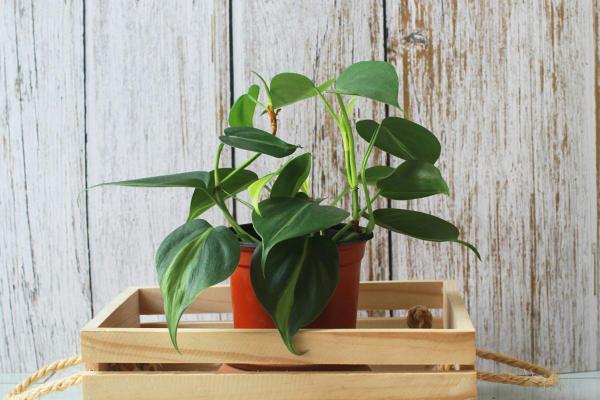
Dieffenbachia (Dieffenbachia spp.)
Plants from the Dieffenbachia genus are sometimes known as leopard lilies or dumb cane. Despite originating from the Tropics, these plants can fare very well in dark rooms and other low-light spaces. They can even grow to be quite tall, despite the lack of sun. It is important to remember that its sap is toxic, so it should be kept away from animals which might want to chew on its stems.
Despite being so lush and green, dieffenbachia needs careful watering. Too much will waterlog the soil and result in damage to the health of the plant. Its leaves should be cleaned once a month to remove accumulations such as dust. Learn more about caring for this plant with our article explaining why my dumb cane is turning yellow.
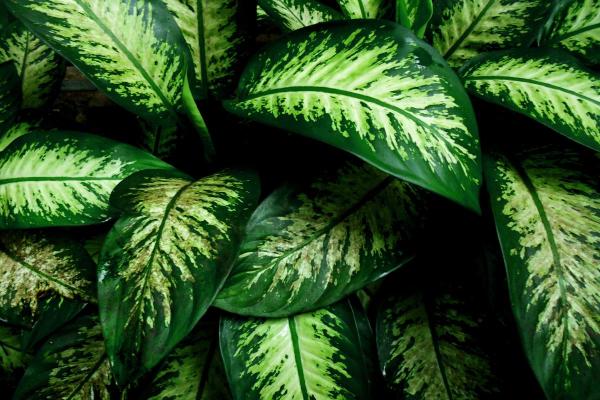
Maidenhair fern (Adiantum spp.)
The maidenhair fern is a beautiful indoor plant that has small, light green leaves. When placed in a hanging pot, it will grow these frons typical of all types of ferns. It is particularly good for dark rooms with high humidity as this is a type of plant known for absorbing moisture. Ferns develop in the undergrowth of forests, below the canopies of larger trees. It is for this reason they are such great plants for dark rooms, since they naturally grow in shady places.
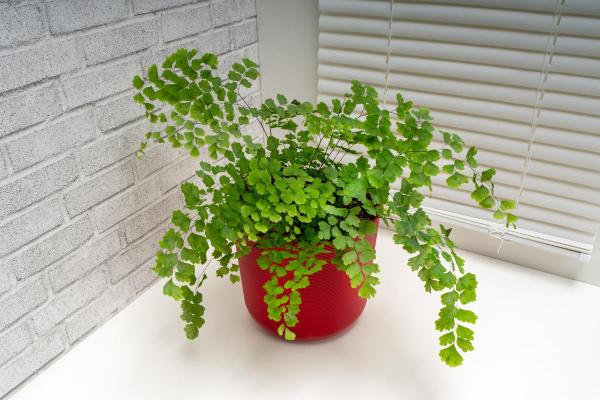
Golden pothos (Epipremnum aureum)
Also known as silver vine or devil's ivy, the golden pothos is another type of climbing and hanging plant which can be great for dark rooms and hallways. It does not require much light, so they can be kept in hallways without windows, although some light will be needed to enter. If their leaves start to turn yellow, you will need to move them to somewhere with a little more light.
You can check out our guide on the different pothos varieties to learn more, as well as use the link below to purchase your own golden pothos:
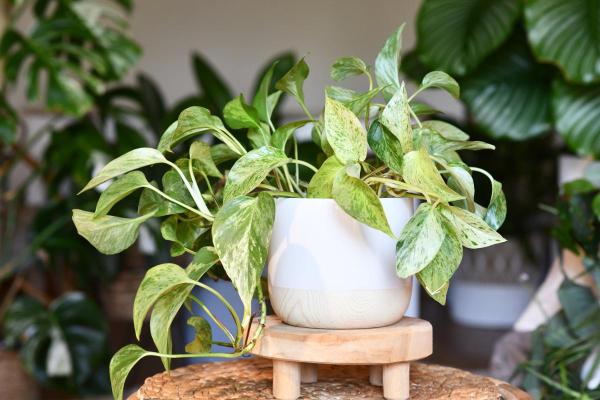
Spathiphyllum (Spathiphyllum spp.)
While not all the members of the genus Spathiphyllum have these names, certain species are known as peace lilies or spath. This is a great dark-room plant because they can bloom even in low-light conditions. While they appear to have one large white flower, this is actually an adapted leaf. The flowering part is a column known as a spadix located within this leaf which has many tiny flowers on it. This plant can even benefit from artificial light.
Discover how to care for a peace lily with our related guide.
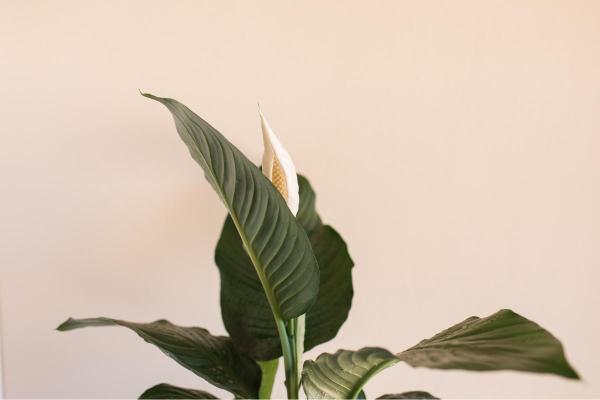
Bromeliad (Bromelia spp.)
The bromeliad produces a deep red flower with a calyx, but if it is in complete shade it is very possible that it will not bloom easily. This plant grows well indoors with little light, as long as its roots are not waterlogged. Its substrate should be rather sandy to ensure drainage. It is originally from the Americas and is an easy-to-care-for plant that is very resistant to changes in the environment.
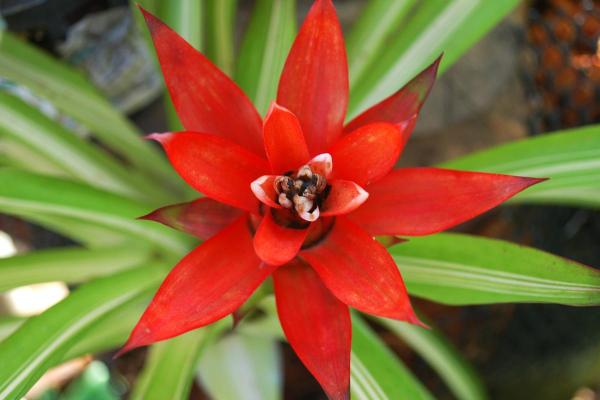
Prayer plant (Maranta leuconeura)
When light stops falling on the Maranta leuconeura, its leaves start to fold upwards like hands in prayer. This is why it is commonly known as the prayer plant. Despite this, it is very resistant to a lack of sun, making it one of the best plants for dark rooms. It is originally from America and does not pose any risk of toxicity. It is also part of the group of plants known to purify the environment, especially in a closed environment such as a dark room.
Learn how to care for the prayer plant with our related article.
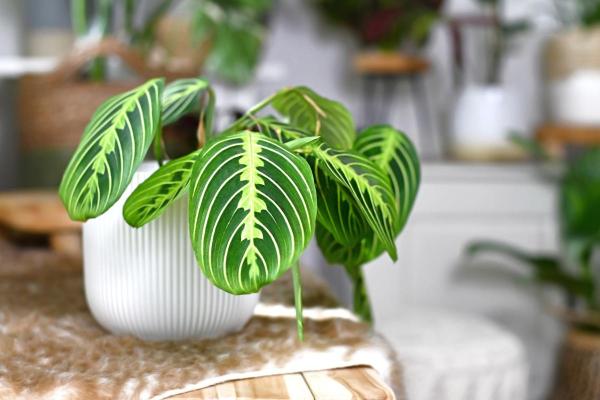
Calathea (Calathea spp.)
Perhaps confusingly, plants from the genus Calathea are also commonly known as prayer plants. Like the above plant, its leaves will move during different periods of light. These leaves are very sensitive and cannot tolerate too much light, otherwise they will fade and burn. When in partial shade, this plant is very attractive and showy.
There is a wide variety of calathea plants, including different colors. Their leaves can be variegated with red veins running over their dark green leaves. Some even look as if they were painted in watercolors. They grow very well indoors and need a somewhat humid environment. They need their leaves to be sprayed with water, either with the spray or with a humidifier that allows them to concentrate the humidity around them.
Discover the different types of calathea plants with photos in our related guide.
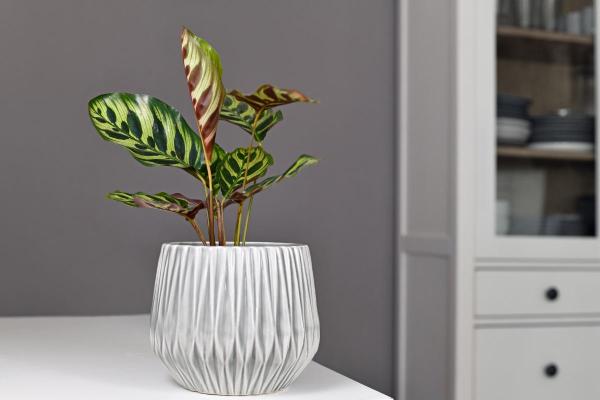
Spider plant (Chlorophytum comosum)
Also known as the airplane plant, ribbon plant and even the hen and chickens, the spider plant is known for its thin leaves which stream like ribbons from the center of the plant. Its small shoots known as plantlets emanate from the stems. They will naturally drop to the ground and even take root if they reach a suitable substrate. We can also manually replant them in another pot if we cant to grow new plants.
The leaves as pictured in the photo below will spill over the planter, making them particularly good hanging plants. They can be very prolific, so be careful if you plant them outside, they can take over a flowerbed pretty easily. For this reason, they may be best relegated to dark rooms.
Use the link below if you want to purchase a potted version of this plant for yourself:
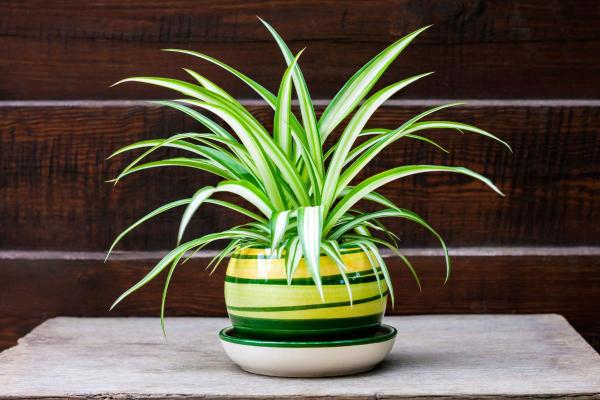
Snake plant (Dracaena trifasciata)
The leaves of this plant are long and thin, bordered with yellow edges. They are pointed in a shape which makes them look like a pit of snakes or a flurry of swords rising from the soil. In addition to being known as the snake plant, they are known as viper's bowstring hemp, Saint George's sword and mother-in-law's tongue plants.
While fewer plants are easier to care for than the snake plant, it will not fare well if we place it somewhere with too much light. It can also thrive with relatively little water and can grow well in almost any low-light environment. The surface soil must be loosened a little, so that it does not become too compacted.
Discover the different types of snake plant with our related guide.
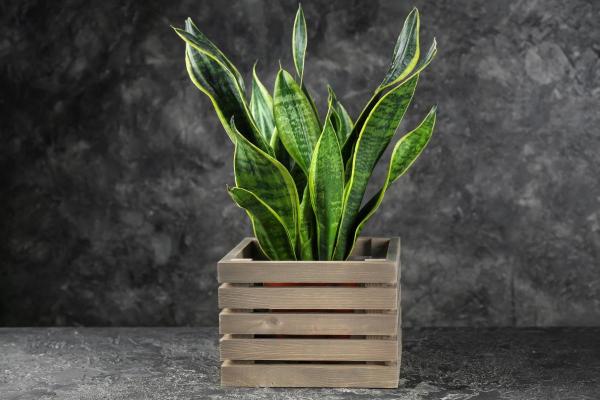
Aloe vera
Unlike many of the other best plants for dark rooms, aloe vera is a plant that grows well in either the sun and in the shade. As a succulent, it is a plant that is grateful for what it is given. As it can still thrive with very little care, it almost seems to take care of itself. You do not have to worry if you have forgotten to water the aloe vera. Although it is said that it requires a lot of light, it also thrives in the shade. You just have to take care of it when the soil is very dry.
The photo below shows a healthy plant, but discover what to do when your aloe vera is sick with our related guide.
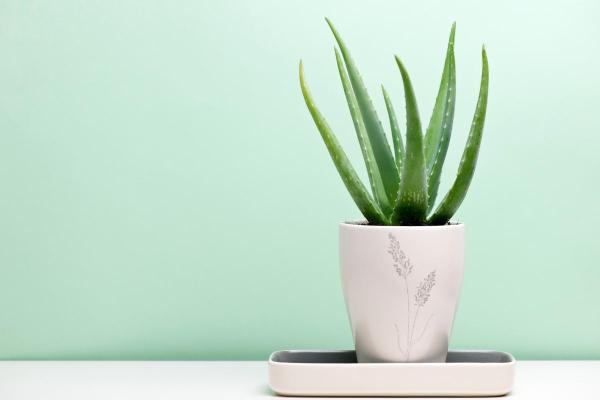
Flamingo flower (Anthurium andreanum)
The flamingo flower is a plant that grows well without much natural light. The flower may not thrive in complete shade, but the plant will grow and look beautiful in your hallway with little light. You may even be lucky and see your flamingo flower bloom despite the lack of sunlight. Even better if you manage to buy the plant with the flower open, as this will help it better adapt to its new environment.
Also known as the tailflower, painter' palette or oilcloth flower, the flamingo flower can be found in our list of plants with heart-shaped leaves.
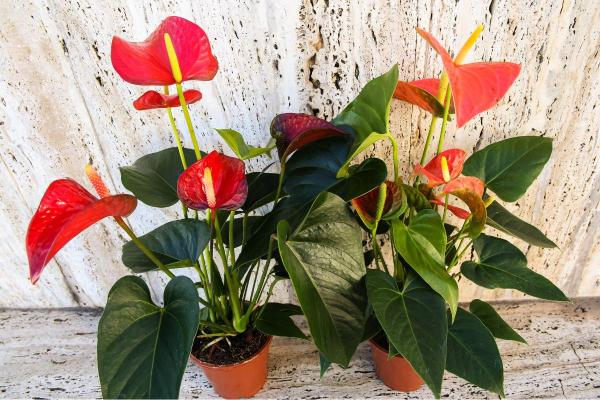
Zanzibar gem (Zamioculcas spp.)
Also known as the Zuzu plant or simply the ZZ plant, the Zanzibar gem adapts to almost any environment, including dark hallways and rooms. This low-light houseplant has leaves which grow out two sides of its sraight stems which can grow to be fairly long. While it can grow in little light, it is best when facing north, east or west. Unlike some other plants, the Zuzu can tolerate areas with more light as its leaves will not burn very easily.
Use the link below to buy your own Zanzibar gem plant:
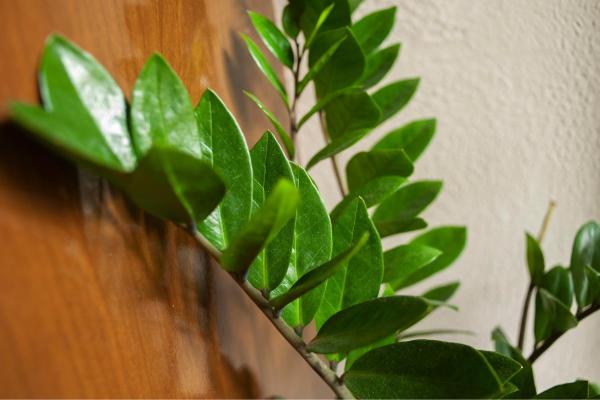
Radiator plant (Peperomia spp.)
Plants of the genus Peperomia are beautiful plants with somewhat rounded leaves. In some varieties, they also have stripes of various shades of green. It grows very well in the shade, so it can be a good choice among plants for dark rooms and hallways. Its leaves retain water, so it requires little watering. Its growth improves with a monthly application of organic fertilizer.
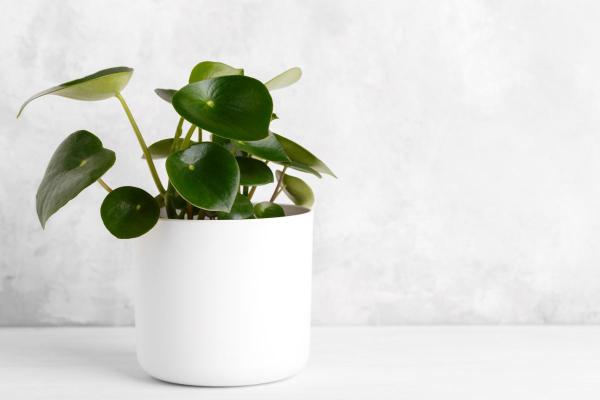
Chinese evergreen (Aglaonema crispum)
The Chinese evergreen plant, is perfect for rooms without natural light due to its ability to adapt to dark spaces and its easy maintenance. Its decorative leaves can be green, silver or reddish. They add an elegant touch even in low-light conditions. In addition, this is an air-purifying plant, ideal for improving the atmosphere in gloomy interiors.
If you want to buy another type of plant from this genus, use the link below to buy a red Chinese evergreen plant:
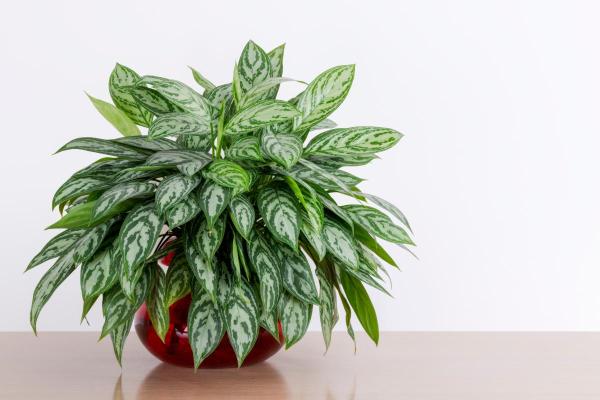
If you want to read similar articles to Best Plants for Dark Rooms, we recommend you visit our Plant care and cultivation category.
- Rubio Coll, M., & Fernández Terricabras, M. (2018). The Great Book of Indoor Plants. Spain: De Vecchi, Editorial, S.A.
- Sáez Achaerandio, N. (2022). Indoor plants do not exist. The definitive book to understand and care for your plants. Spain: ANAYA MULTIMEDIA.





